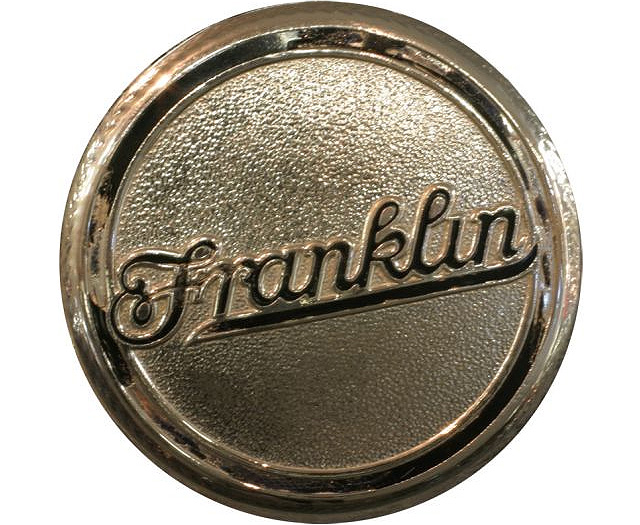Franklin cars were produced from 1902 to 1934, with a focus on air-cooling and lightweight construction.
The company used wood-framed bodies and aluminum extensively in its designs, becoming the largest user of the metal in the early years of the company.
Franklin cars were leaders in technological advancements, introducing six-cylinder engines in 1905 and automatic spark advance in 1907.
The air-cooled engines were popular in cold weather before the invention of antifreeze, and Franklins were popular among professionals such as doctors who needed all-weather transportation.
Franklin cars were often unusual-looking, but in 1925, they were redesigned to look like conventional cars with a massive nickel-plated "dummy radiator" which served as an air intake.
The company introduced a new engine in 1930 that produced 100 horsepower, with one of the highest power-to-weight ratios of the time.
In 1932, Franklin brought out a twelve-cylinder engine, but the car became a 6,000-pound behemoth, and the company declared bankruptcy in 1934.
Although car production did not survive, the name and assets were sold, and air-cooled engines were continued for commercial and aircraft use.
The last company to manufacture air-cooled engines under the Franklin name declared bankruptcy in 1975, but the designs were sold to the Polish government, and engines based on these designs remain in production.

